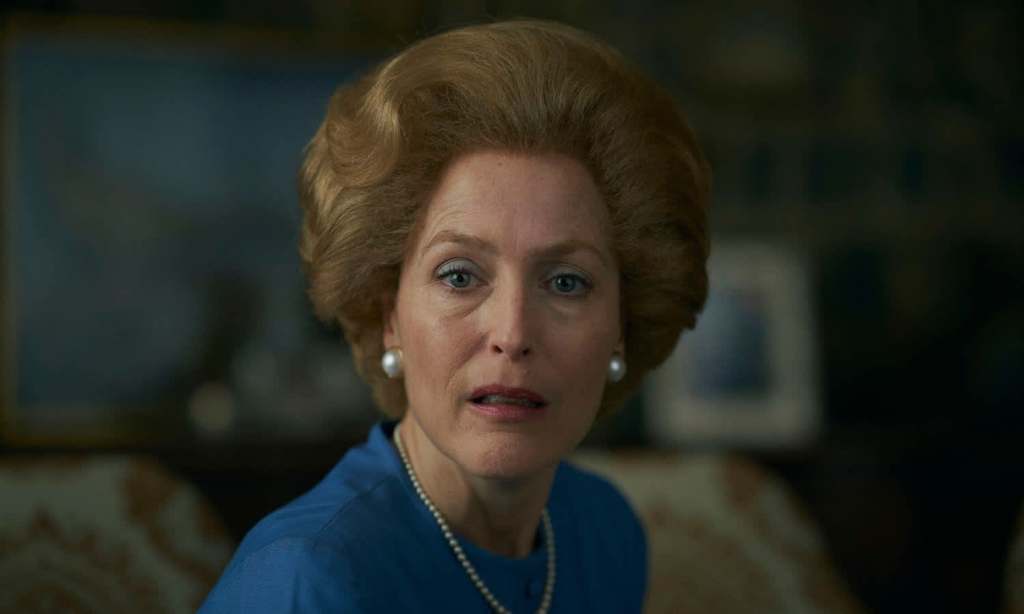Warning: This article contains minor spoilers for The Crown.
For royal fans, the arrival of The Crown’s fourth season has been a welcome distraction to the tumultuous year that we’ve globally experienced.
And with the new season, a slew of new “characters” — based on their real-life counterparts — are coming to life, including the former Prime Minister of the United Kingdom, Margaret Thatcher.
Played by Sex Education’s Gillian Anderson, Thatcher is a mainstay in this next instalment as the story picks up as the 1970s are drawing to a close. Thatcher is the current Prime Minister — and her divisive policies ruffle more than a few feathers in Britain.
The season also introduces the infamous power struggle between the politician and the Queen (Olivia Coleman), while also focusing on the turbulent early years of Prince Charles and Diana’s relationship and the births of Princes William and Harry.
As The Crown is based on real events, we’re taking a look at what happens in the show versus what happened in real life — because of course, being a dramatisation, there is an element of dramatic license taken.
Who was Margaret Thatcher?
Born Margaret Hilda Roberts in 1925 in the northeast of England, Thatcher’s father was a shopkeeper as well as a Methodist preacher who also served as local mayor.
Thatcher studied at Oxford University and became a lawyer at the young age of 24. She married Denis Thatcher, had twins, Mark and Carol, and was elected to parliament in 1959 at the age of 34. In 1979, she became the British Conservative Prime Minister, serving until 1990.
The Crown depicts her as an underdog, however, this was far from the case. And just like what was mentioned in the first episode, Thatcher actually was rejected by a company that said she was too “headstrong, obstinate and dangerously self-opinionated.”
When it came to her personality, she treated others “with the perspective of a cold balance sheet” and was notoriously emotionless.
Did her voice really sound like that?
Perhaps one part of the story which is dividing viewers is Margaret Thatcher’s monotone voice. While some Twitter users have commented that it’s, well, annoying, this is one part of life that is true.
During her term, satirists and comedians would often poke fun at the way she spoke and biographer Charles Moore even said that Anderson’s portrayal is “the only convincing performance I have seen of Mrs Thatcher as Prime Minister.” Well, then.
Was she a feminist icon?
Thatcher’s leadership began with recession and war and ended in riots and while she may have succeeded in a time that men ruled the world, she wasn’t what you would call a “feminist icon”.
In fact, Thatcher was known to work against the interests of women and the oppressed and was dubbed “The Iron Lady” because of this.
She opposed South Africa’s apartheid regime and defended the notoriously racist “rivers of blood” speech made in parliament by another conservative.
Thatcher also wasn’t the only woman in parliament at the time, as shown in the series, because there were already dozens of other women making headway in the field.
Other details explored
— As depicted in the series, Mark Thatcher did indeed get lost during the annual Paris-Dakar rally which was concerning for his mother.
— A flag was raised over South Georgia in March 1982 by Argentinian scrap metalworkers.
— The series overdramatises the Queen’s rule of the country, with Thatcher almost never having had asked for political help.
Watch The Crown on Netflix. Streaming now.







